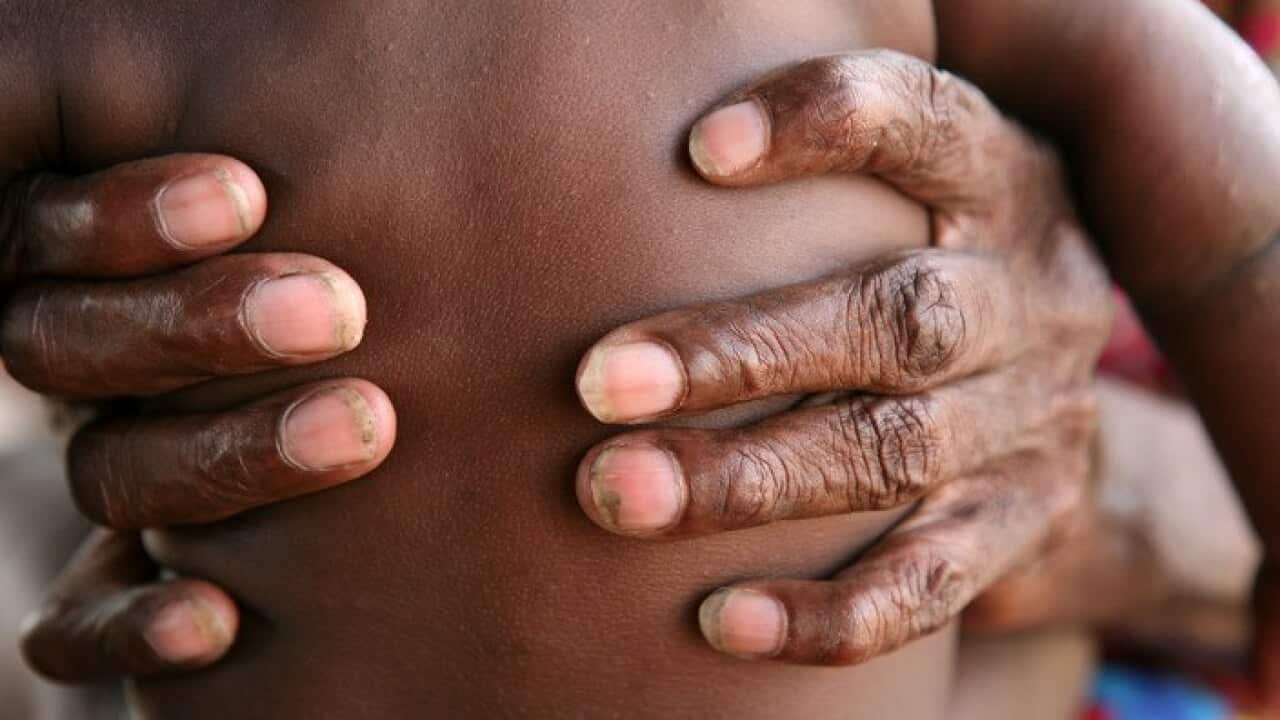A new generation of Indigenous health workers is needed according to a joint study which found the numbers of young people working in the sector has plummeted over the past decade.
The national profile of Aboriginal and Torres Strait Islander Health Workers, 2006-2016, conducted by the Australian National University (ANU) and the National Aboriginal and Torres Strait Islander Health Worker Association (NATSIHWA), shows a 13 per cent drop in the number of workers aged between 15 and 44.
It also found the number of young men working in the sector has declined by 30 per cent, with the biggest drop in the Northern Territory.
"There are many reasons why this could be the case – we know that the workforce is ageing, but there are also fewer opportunities to gain the Health Worker qualifications," said research lead Alyson Wright, from the National Centre for Epidemiology and Population Health at ANU.
The study analysed data from the Australian Bureau of Statistics Census in 2006, 2011 and 2016.
It found increases across New South Wales and Queensland, but a large decline of workers in the Northern Territory.
“We need to find out more about what is working in Queensland and New South Wales," Ms Wright said.
"The 11.2 per cent decrease in overall proportion of Health Workers located in the Northern Territory is concerning, given the need to improve health outcomes in this jurisdiction."
NATSIHWA CEO, Karl Briscoe, said the drop in young workers is concerning.
"If we're to close the life expectancy gap we do need the workers on the ground," he told NITV News. "We see the Aboriginal and Torres Strait Islander health workers on the ground as a conduit between the community and health services.
"A lot of the times they attend clients' appointments and [become] a support person, and they also break down the terminology that the medical profession sometimes uses, and advocate on a clients' behalf."
While the study found an increase of 338 Indigenous health workers nationally, it also found this was not commensurate with population growth.
"Around the 1990s there was a ratio of 1:150, and if we look at that in current terms we need about 5000 health workers. We currently have 1300 according to the census" Mr Briscoe said.
"There is a lot of pressure on these health workers and practitioners, their job does not stop at five o-clock, they're often called upon by the community to assist after hours and they do it because they know the work they do is contributing to the greater good of their community... and if we don't have the pipeline of workforce coming through, that does put extra burden on the current workforce."
Mr Briscoe said there is growing evidence that the inclusion of Aboriginal and Torres Straight Health workers helps facilitate culturally appropriate care.
“We know that Aboriginal and Torres Strait Islander Health Workers are extremely important for improving the health outcomes in Aboriginal and Torres Strait Islander communities,” Mr Briscoe said.
“Aboriginal and Torres Strait Islander Health Workers are critical to delivering culturally appropriate care. They can reduce communication gaps, improve follow-up practices, help with medical advice and provide cultural education.”
Share




